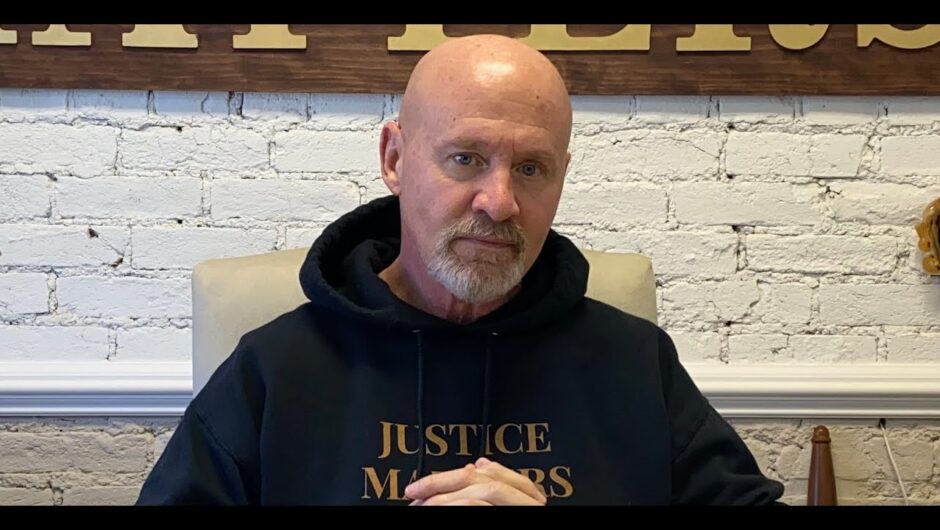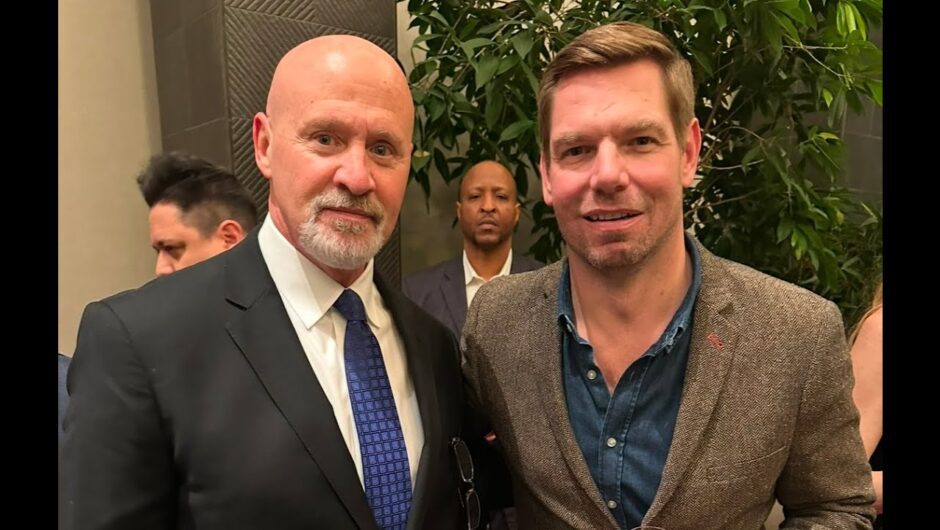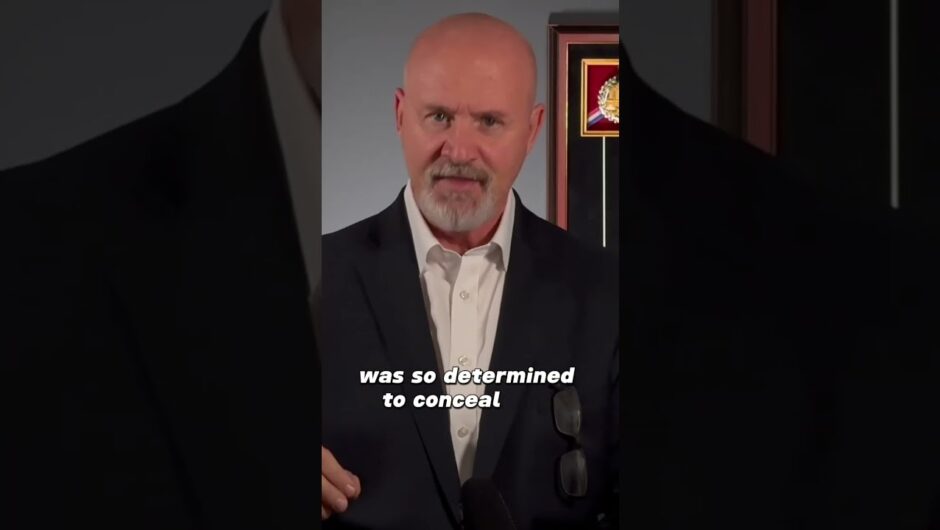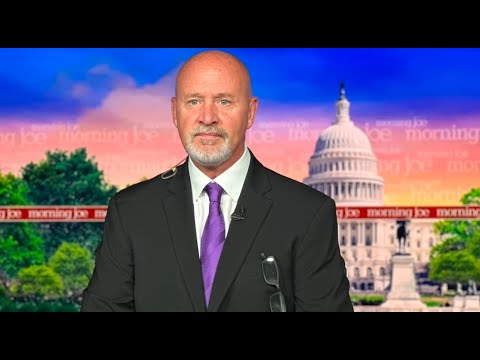news, latest-news, new year’s eve fires, new years fires, black summer, 2019-20 fires, smoke impact babies, smoke pregnant, smoke unborn baby
Think back to where you were this time last year. If you were on the east coast of Australia, your New Year’s Eve likely involved searing heat, desiccating winds, oppressive smoke and apocalyptic skies. Families sheltered on beaches as entire towns were destroyed. Three people lost their lives. The days and weeks of terror left an indelible mark on Australians. Here are just a few stories from that day. Last New Year’s Eve, Roly Stokes and his wife Amber received news that rocked them to their core. The baby girl they were expecting to be born around Australia Day had to be delivered within 72 hours or she would likely be stillborn. “And then they came back less than an hour later going, actually, we think she needs to come sooner, she needs to come in 24 hours because the risk of stillbirth is very high if she stays in there, the risk is gonna go up and up the more time goes on,” Mr Stokes said. “And Amber was absolutely shocked by that news, like she became a violently quivering leaf like I’ve never seen anybody react so strongly to anything, she was just immediately trembling.” On Christmas Eve, under a blanket of hazy smoke, the Wollongong mother had a scan which showed the baby was smaller than she should have been. The placenta appeared undersized and the fluid around her was reduced. However the Stokes did not see the results of the scan until New Year’s Eve, when it became a race against the clock to save their baby. “When she was born, like immediately, the midwife said ‘are you a smoker’? Like when she took a look at the placenta, it just looked absolutely riddled like a smoker’s placenta and of course Amber is not a smoker but she’d been exposed to smoke for so long through through the pregnancy,” Mr Stokes said. “And, you know, it’s impossible to say for sure that the smoke was the cause, but absolutely it would be brave to say didn’t contribute. “We know from studies in Colorado that bushfire smoke, specifically to pregnant women during pregnancy, results in high blood pressure, low birth weight and premature birth in babies. Saga was low birth weight, very low birth weight and also, three and a half weeks premature.” Saga spent 17 days in the neonatal intensive care unit. Every three hours, Amber would drive to the hospital to express milk, sometimes snatching an hour of sleep in between the nightly feeds. Even when Saga was released from the hospital, she was not out of the woods. “Getting out of hospital, she’s this tiny, fragile baby who’s already on a back foot from smoke damage to the placenta … but then we’ve got to bring her into that environment as well, the smoke hadn’t gone anywhere,” Mr Stokes said. “All the air purifiers are all sold out, we ended up getting a heater one that could clean air a bit but nothing was cleaning the air well enough to protect her little lungs.” For months, she wouldn’t take a bottle and was not growing. Finally at six months of age, she began to pick up. “She was so far off the charts in terms of growth percentiles, like just like literally not on the piece of paper,” Mr Stokes said. “She’s so happy and bright and healthy.” But the potential loss of their daughter made the Stokes realise they needed to do everything they could to combat climate change. “We’ve bought a farm in Bathurst and we’ve done a lot of research on what we can do to best do our bit for the environment,” he said. “We’re building a super environmentally friendly, sustainable off grid house also growing industrial hemp, which absorbs so much carbon dioxide from the air. “We never really thought that we were super greenies or hippies or anything like that, but just connecting so clearly with the potential loss of our daughter, we need powerful change on climate change, and we need to take our own action because the government’s not doing it.” Darin Sullivan left his Lake Conjola holiday house in the early hours of December 31, 2019 to head up to Shellharbour for a shift at the local fire station. Fires were already burning up and down the south coast of NSW, and firefighters were bracing for a bad day. But when his wife called him at 10am saying people were evacuating from Lake Conjola he was stunned. “I said to her there was no fire down that way, it was all some kilometres away over towards Nowra, and she said ‘no it’s here’, and she turned the video camera around. The national park was on fire over on the other side of the water. The islands were on fire right in the middle of the water. That’s when I realised how bad things were down here,” Mr Sullivan said. His wife headed down to the beach to shelter, and he lost contact with her. Then the bells at Shellharbour started ringing. “We were called to go and help assist with the fires down at Batemans Bay, there had been numerous properties lost down there and firefighters needed equipment,” Mr Sullivan said. Transporting oxygen tanks in a HAZMAT truck and van, Mr Sullivan realised they would have to drive on a highway where both sides of the road were on fire to get to Batemans Bay. “We didn’t have any firefighting hoses or anything with [the HAZMAT truck and van] so we were a little bit more exposed than fire appliances,” Mr Sullivan said. “I looked the crew in the eyes and said, I need to get through that part of the fire to get down to Batemans Bay and I needed their agreement to do that. And they backed me up and didn’t hesitate.” They stumbled on two Rural Fire Service tankers who agreed to flank them as they travelled through the most dangerous part of the fire. The drove past Conjola where Mr Sullivan’s wife was stranded but couldn’t stop. “I didn’t know where my wife was at that point but we had to get to Batemans Bay with my crew,” Mr Sullivan said. Once they had dropped their precious cargo at Batemans Bay though, Mr Sullivan could not help but go and search for his wife. “I made my way into Conjola through the fire on both sides of the road in and came across what ended up being the incineration of entire suburb of Conjola Park and some very damaged areas within the main part of Conjola,” he said. “I grabbed my wife, put her in the car and headed back out to the to the main road after checking on some friends. “I called on the radio for more resources to be deployed into Conjola because there was a distinct lack of resources in Conjola, you know the way the emergency services were stretched that day.” One year on, Mr Sullivan is back in Conjola, reflecting on that day and those that followed. Many of his friends in the area are yet to start rebuilding. He said it was a “national scandal” that the area was left without resources during the fires. But he’s also frustrated that the focus has slipped away from the fires and the changing climate. “Everyone’s moved on, everyone’s forgotten,” Mr Sullivan said. “We changed the world for COVID in six months, and we’re not doing it for climate change.” Last New Year’s Eve, Tura Beach mother Jen Spears was intently monitoring the Currowan fire to her north. It didn’t occur to her that the rapidly spreading Mallacoota fire to her south was the bigger threat until residents of the town of Eden started to evacuate. “It was touch and go. We knew we couldn’t go north because there was a fire that went through Mogo and all the highway up there. And we knew that Mallacoota had been cut off so we couldn’t go south. So our only evacuation point was to the west. But it also put us past three small fires,” she said. Ms Spears was concerned about the impact of the smoke on her two boys, aged three and one. But she was also around two months pregnant with her daughter at the time. They evacuated to Canberra, where the smoke soon followed. In the days and weeks that followed, the family would pack up to evacuate another three times. “I don’t think I’d seen the sky until the end of January,” she said. The experience has left Ms Spears with a lingering unease about hot windy days, and living on the edge of a national park. But there were other effects. Months later, she had to be induced several weeks early after her daughter’s growth in the womb plateaued. “When I had her, the midwives asked my husband to come and have a look at the placenta and it was calcified and had fat deposits, which is associated with a mother who’s been smoking. And I don’t smoke,” Ms Spears said. Of the women who were pregnant in the area at the time, Ms Spears said only one went to term – and she was in Queensland during the smoke. Ms Spears said pregnant women were given conflicting advice about the impact of the smoke on their unborn babies. “They put all the onus on these mothers, but what can I do if the whole country is on fire? I have nowhere to run to, nowhere to go,” she said.
/images/transform/v1/crop/frm/37QjP93jNs5V7Xq869Rppbc/478bf8a8-16db-41fa-b4e8-8ea8f2b1e66d.jpg/r8_305_3256_2140_w1200_h678_fmax.jpg
Think back to where you were this time last year.
If you were on the east coast of Australia, your New Year’s Eve likely involved searing heat, desiccating winds, oppressive smoke and apocalyptic skies.
Families sheltered on beaches as entire towns were destroyed. Three people lost their lives.
The days and weeks of terror left an indelible mark on Australians.
Here are just a few stories from that day.
Indiana, Roly and Saga Stokes. Picture: Supplied
Last New Year’s Eve, Roly Stokes and his wife Amber received news that rocked them to their core.
The baby girl they were expecting to be born around Australia Day had to be delivered within 72 hours or she would likely be stillborn.
“And then they came back less than an hour later going, actually, we think she needs to come sooner, she needs to come in 24 hours because the risk of stillbirth is very high if she stays in there, the risk is gonna go up and up the more time goes on,” Mr Stokes said.
“And Amber was absolutely shocked by that news, like she became a violently quivering leaf like I’ve never seen anybody react so strongly to anything, she was just immediately trembling.”
On Christmas Eve, under a blanket of hazy smoke, the Wollongong mother had a scan which showed the baby was smaller than she should have been.
The placenta appeared undersized and the fluid around her was reduced.
However the Stokes did not see the results of the scan until New Year’s Eve, when it became a race against the clock to save their baby.
“When she was born, like immediately, the midwife said ‘are you a smoker’? Like when she took a look at the placenta, it just looked absolutely riddled like a smoker’s placenta and of course Amber is not a smoker but she’d been exposed to smoke for so long through through the pregnancy,” Mr Stokes said.
Baby Saga spent 17 days in NICU. Picture: Supplied
“And, you know, it’s impossible to say for sure that the smoke was the cause, but absolutely it would be brave to say didn’t contribute.
“We know from studies in Colorado that bushfire smoke, specifically to pregnant women during pregnancy, results in high blood pressure, low birth weight and premature birth in babies. Saga was low birth weight, very low birth weight and also, three and a half weeks premature.”
Saga spent 17 days in the neonatal intensive care unit.
Every three hours, Amber would drive to the hospital to express milk, sometimes snatching an hour of sleep in between the nightly feeds.
Even when Saga was released from the hospital, she was not out of the woods.
“Getting out of hospital, she’s this tiny, fragile baby who’s already on a back foot from smoke damage to the placenta … but then we’ve got to bring her into that environment as well, the smoke hadn’t gone anywhere,” Mr Stokes said.
Saga Stokes. Picture: Supplied
“All the air purifiers are all sold out, we ended up getting a heater one that could clean air a bit but nothing was cleaning the air well enough to protect her little lungs.”
For months, she wouldn’t take a bottle and was not growing.
Finally at six months of age, she began to pick up.
“She was so far off the charts in terms of growth percentiles, like just like literally not on the piece of paper,” Mr Stokes said.
“She’s so happy and bright and healthy.”
But the potential loss of their daughter made the Stokes realise they needed to do everything they could to combat climate change.
“We’ve bought a farm in Bathurst and we’ve done a lot of research on what we can do to best do our bit for the environment,” he said.
“We’re building a super environmentally friendly, sustainable off grid house also growing industrial hemp, which absorbs so much carbon dioxide from the air.
“We never really thought that we were super greenies or hippies or anything like that, but just connecting so clearly with the potential loss of our daughter, we need powerful change on climate change, and we need to take our own action because the government’s not doing it.”
Shellharbour firefighter Darin Sullivan. Picture: Supplied
Darin Sullivan left his Lake Conjola holiday house in the early hours of December 31, 2019 to head up to Shellharbour for a shift at the local fire station.
Fires were already burning up and down the south coast of NSW, and firefighters were bracing for a bad day.
But when his wife called him at 10am saying people were evacuating from Lake Conjola he was stunned.
“I said to her there was no fire down that way, it was all some kilometres away over towards Nowra, and she said ‘no it’s here’, and she turned the video camera around. The national park was on fire over on the other side of the water. The islands were on fire right in the middle of the water. That’s when I realised how bad things were down here,” Mr Sullivan said.
His wife headed down to the beach to shelter, and he lost contact with her. Then the bells at Shellharbour started ringing.
Darin Sullivan and his crew. Picture: Supplied
“We were called to go and help assist with the fires down at Batemans Bay, there had been numerous properties lost down there and firefighters needed equipment,” Mr Sullivan said.
Transporting oxygen tanks in a HAZMAT truck and van, Mr Sullivan realised they would have to drive on a highway where both sides of the road were on fire to get to Batemans Bay.
“We didn’t have any firefighting hoses or anything with [the HAZMAT truck and van] so we were a little bit more exposed than fire appliances,” Mr Sullivan said.
“I looked the crew in the eyes and said, I need to get through that part of the fire to get down to Batemans Bay and I needed their agreement to do that. And they backed me up and didn’t hesitate.”
They stumbled on two Rural Fire Service tankers who agreed to flank them as they travelled through the most dangerous part of the fire.
The drove past Conjola where Mr Sullivan’s wife was stranded but couldn’t stop.
Conjola Park on New Year’s Eve. Picture: Supplied
“I didn’t know where my wife was at that point but we had to get to Batemans Bay with my crew,” Mr Sullivan said.
Once they had dropped their precious cargo at Batemans Bay though, Mr Sullivan could not help but go and search for his wife.
“I made my way into Conjola through the fire on both sides of the road in and came across what ended up being the incineration of entire suburb of Conjola Park and some very damaged areas within the main part of Conjola,” he said.
“I grabbed my wife, put her in the car and headed back out to the to the main road after checking on some friends.
“I called on the radio for more resources to be deployed into Conjola because there was a distinct lack of resources in Conjola, you know the way the emergency services were stretched that day.”
One year on, Mr Sullivan is back in Conjola, reflecting on that day and those that followed.
Many of his friends in the area are yet to start rebuilding.
He said it was a “national scandal” that the area was left without resources during the fires.
But he’s also frustrated that the focus has slipped away from the fires and the changing climate.
“Everyone’s moved on, everyone’s forgotten,” Mr Sullivan said.
“We changed the world for COVID in six months, and we’re not doing it for climate change.”
Tura Beach mother Jen Spears during the 2019-20 bushfires. Picture: Supplied
Last New Year’s Eve, Tura Beach mother Jen Spears was intently monitoring the Currowan fire to her north.
It didn’t occur to her that the rapidly spreading Mallacoota fire to her south was the bigger threat until residents of the town of Eden started to evacuate.
“It was touch and go. We knew we couldn’t go north because there was a fire that went through Mogo and all the highway up there. And we knew that Mallacoota had been cut off so we couldn’t go south. So our only evacuation point was to the west. But it also put us past three small fires,” she said.
Ms Spears was concerned about the impact of the smoke on her two boys, aged three and one. But she was also around two months pregnant with her daughter at the time.
They evacuated to Canberra, where the smoke soon followed.
In the days and weeks that followed, the family would pack up to evacuate another three times.
“I don’t think I’d seen the sky until the end of January,” she said.
The experience has left Ms Spears with a lingering unease about hot windy days, and living on the edge of a national park.
But there were other effects.
Months later, she had to be induced several weeks early after her daughter’s growth in the womb plateaued.
“When I had her, the midwives asked my husband to come and have a look at the placenta and it was calcified and had fat deposits, which is associated with a mother who’s been smoking. And I don’t smoke,” Ms Spears said.
Of the women who were pregnant in the area at the time, Ms Spears said only one went to term – and she was in Queensland during the smoke.
Ms Spears said pregnant women were given conflicting advice about the impact of the smoke on their unborn babies.
“They put all the onus on these mothers, but what can I do if the whole country is on fire? I have nowhere to run to, nowhere to go,” she said.






